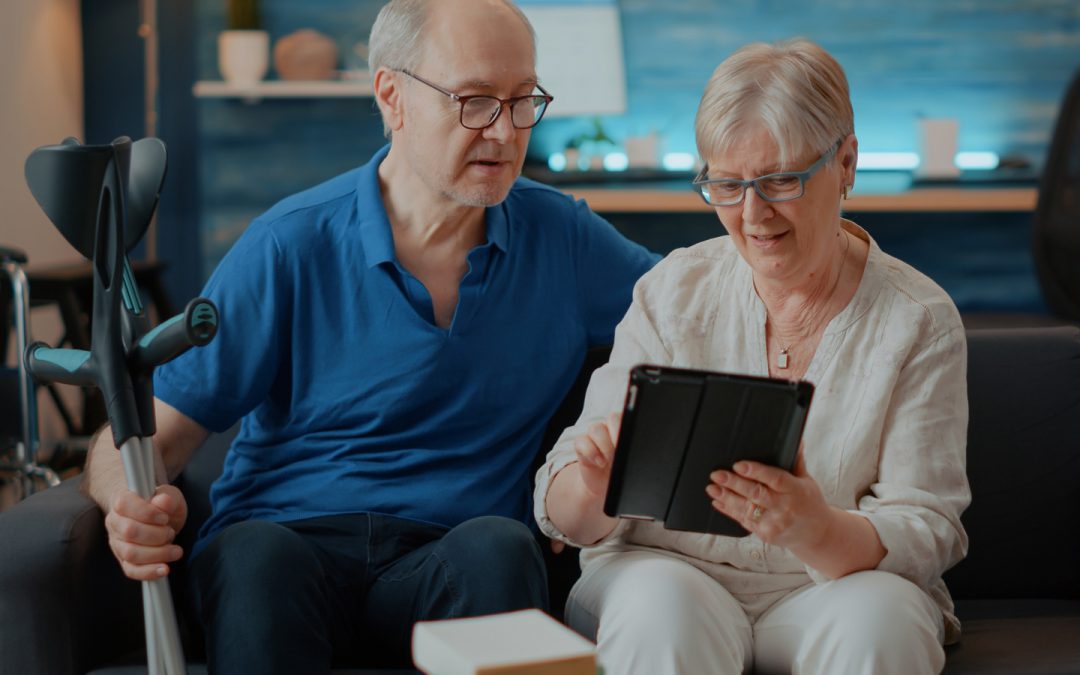In an era dominated by technological advancements, the digital landscape has become the cornerstone of modern living. From online shopping and social networking to accessing essential services and information, the digital realm has revolutionized the way we interact with the world around us. However, amidst this digital revolution, there lies a significant challenge that often goes unnoticed—the digital divide faced by aging populations.
As societies across the globe continue to experience demographic shifts, the proportion of older adults within the population is steadily increasing. According to the World Health Organization (WHO), the number of people aged 60 years and older is expected to more than double by 2050, reaching over two billion individuals globally. While longer life expectancy is undoubtedly a testament to advancements in healthcare and quality of life, it also brings to light a pressing issue: the intersection of aging and digital accessibility.
As individuals age, they are more prone to encountering a myriad of physical, sensory, and cognitive changes that can impact their ability to navigate digital platforms effectively. Vision may deteriorate, making it challenging to read small text or discern colors on screens. Motor skills may diminish, resulting in difficulty using keyboards, touchscreens, or navigating complex interfaces. Cognitive abilities may also change, affecting memory, attention span, and problem-solving skills—all of which are crucial for interacting with digital technologies.
In essence, the aging process can gradually transform once-simple digital tasks into daunting obstacles, contributing to feelings of frustration, isolation, and exclusion among older adults. For many seniors, the inability to access digital platforms means being left behind in an increasingly interconnected world—a world where online communication, access to essential services, and participation in social and cultural activities are heavily reliant on technology.
Amidst these challenges, organizations like The Viscardi Center have emerged as beacons of inclusivity, championing the need for digital accessibility for aging populations. With a steadfast commitment to equal access, Viscardi’s digital accessibility experts are dedicated to breaking down barriers by assisting companies with ensuring their websites, documents and videos can be read, accessed, and heard by individuals who may have limited or diminished impairment visual, dexterity and hearing. Making documents readable by screen reader software, open captioning videos and incorporating tools for font resizing, color contrast and keyboard navigation on websites and applications empowers older adults to navigate the digital landscape with confidence and ease.
In today’s digital age, accessibility is not just a legal requirement—it’s a moral imperative and a strategic advantage. By taking proactive steps to enhance digital accessibility, companies can not only cater to the needs of their older customers and clients, but also create more inclusive and user-friendly experiences for all.
Need help making your digital content accessible to all? Learn how The Viscardi Center’s team of Digital Accessibility experts can help.
 |
Michael Caprara Chief Information Officer, The Viscardi Center |

